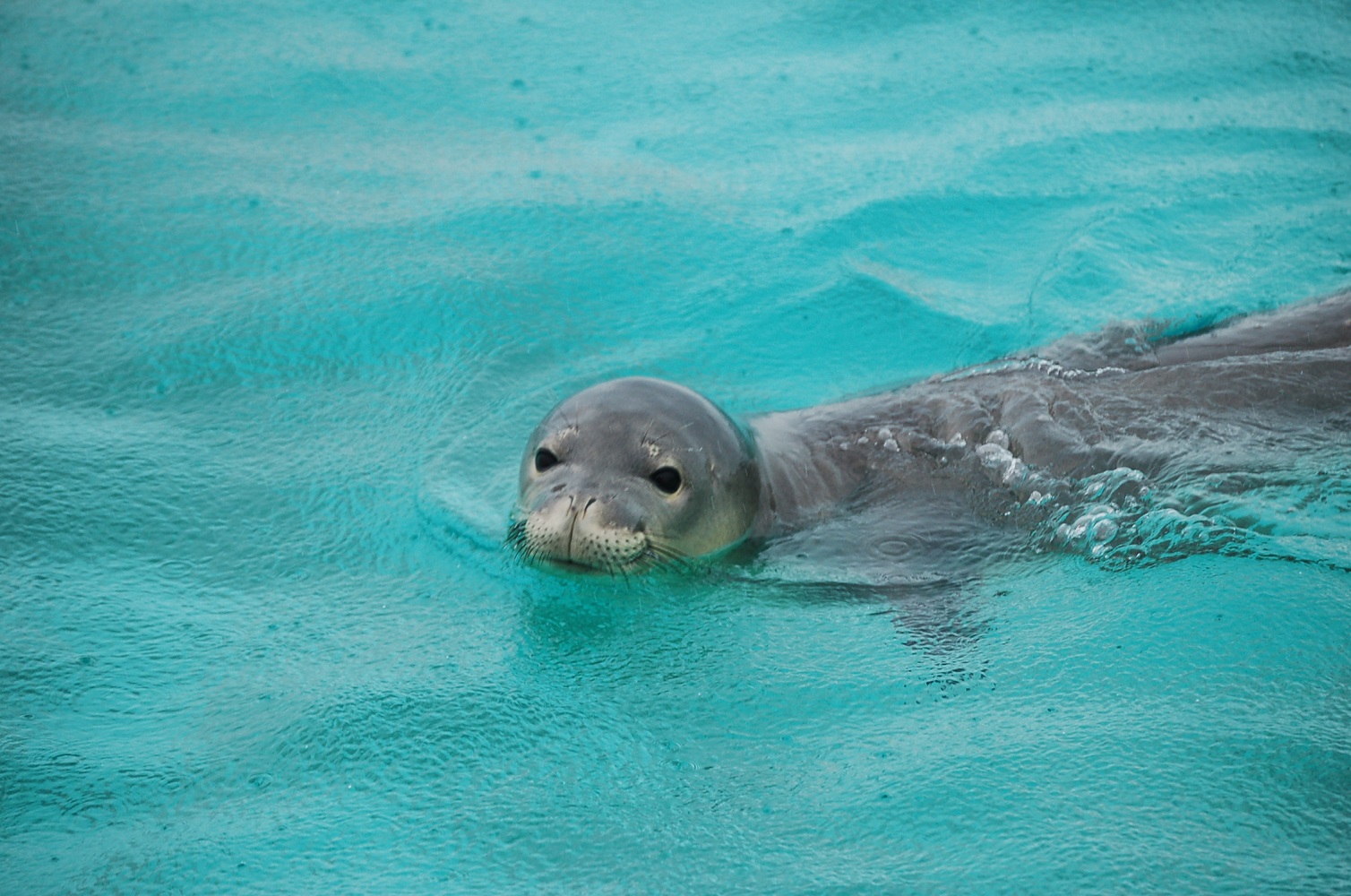By Thomas J. Eley, Jr., Ph.D.

The discovery of Midway Atoll is clouded in mystery. A sealing expedition by the brig Aiona, which set sail from Hawaiʻi, was thought to have taken the last Hawaiian monk seal (Neomonachus schauinslandi) in 1824. However, an 1859 edition of The Polynesian newspaper reported that the sealing vessel Gambia had returned from a “sealing and exploring voyage to the Leeward Islands” between April and August 1859, laden with 240 barrels of seal oil and 1,500 seal skins.
The newspaper also reported that the Gambia’s Captain N.C. Brooks had discovered “a shoal not laid down on the charts,” with an extensive reef, enclosing two islands and a number of islets and rocks, which he named Middlebrooks or Brooks Islands. (The Midway Atoll moniker would come later.) Brooks claimed the islands for the United States under the provisions of the Guano Islands Act of 1856. While his discovery of Midway was not questioned, the report of oil and skins was later viewed with skeptical eyes by seal biologists.
Kenyon and Rice, whose seminal study on the Hawaiian monk seal was published in 1959, had a hard time accepting that 1,500 seals could be taken in a 103-day voyage – the equivalent of about 15 seals per day. Noting the seals’ relatively solitary habits and scattered distribution, they said, “Skinning seals, scraping and curing skins, collecting and rendering blubber of so many widely separated individuals would have been a tremendous undertaking.” They also noted the absence of any other mention of seals in the newspaper account, beyond the report of oil and skins, despite reporting on various other wildlife and plant species encountered on Brooks’s expedition.
The biologists located the Captain’s daughter, Miss Dorothy Brooks, in an attempt to review his journals and logbooks; unfortunately, fires from the 1906 San Francisco earthquake had destroyed them. A 1980 National Oceanic and Atmospheric Administration report noted, “If the 1,500 skins were from monk seals, it is possible that the Gambia had exterminated a very large portion of the monk seal population.”
Brooks’s discovery of Midway Atoll has never been doubted; but for now, the early decimation of Midway’s monk seals seems destined to remain a whodunit mystery.

Literature Cited & Additional Resources
Kenyon, K.W. and D.W. Rice. 1959. Life History of the Hawaiian Monk Seal. Pacific Science 13:215-252.
King, J. E. (1964) The monk seal of the Pacific. Zeitschrift fur Saugetierkunde, 29:37-42.
Kramer, R.J. 1971. Hawaiian Land Mammals. Rutland, VT: Charles Tuttle, 347pp.
NOAA. 1980. Proper Designation of Critical Habitat for the Hawaiian Monk Seal in the Northwestern Hawaiian Islands. Washington, DC: Dept. of Commerce, 77pp.
NOAA – Hawaiian Monk Seal Historical Timeline: www.fpir.noaa.gov/PRD/prd_hms_timeline.html
